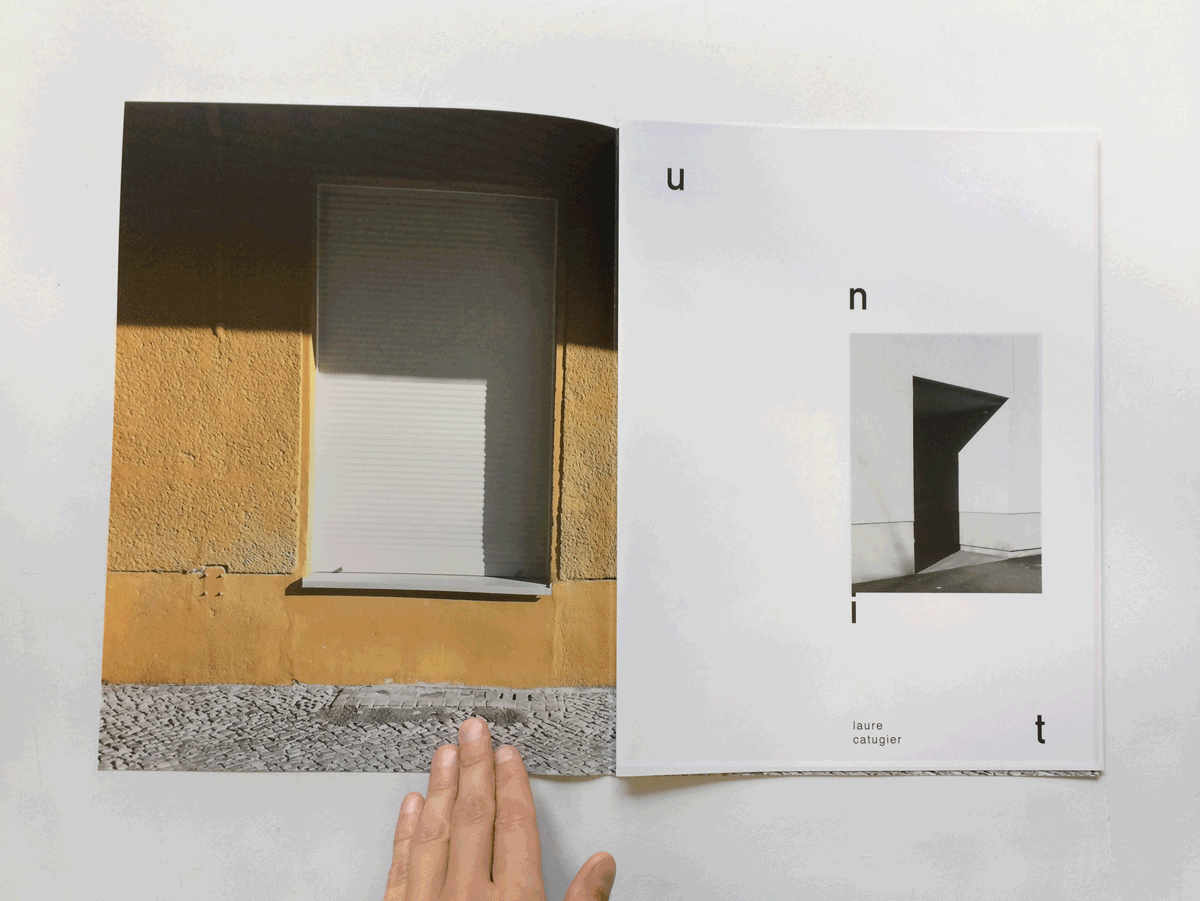engl /
I grew up with my parents knocking on walls, Laure says. They are architects, and so are her grandparents, and siblings. Except for her, she’s not. If she knocks on walls nevertheless, she does so as an artist. The difference is that as an artist you don’t necessarily need to knock them down.
Besides having a sound, the wall carries shadows. Sometimes the shadows are so strong that you no longer think of the wall they are resting upon. They have a life of their own. Laure’s shadows are always geometrical because of the walls they belong to.
Once a man sold his own shadow to the devil for a bottomless wallet only to discover that society doesn’t accept a man without a shadow.
Any bright light will cast a shadow. The sun has the brightest light so it casts the most distinct shadows. By observing shadows you can learn about how the sun moves in the sky. Laure likes shadows best when the sun is high. When the sun is high in the sky (late spring, summer, early fall, noontime) the shadows are short. An important note about observing the sun. The sun should never be observed directly with the eyes.
In Laure’s photographs the walls do not budge and neither do their shadows move. That’s because they are frozen in time.
Here, no living being snarls its way up.
Art mostly appears when nobody expects it. Like an insignificant wall of a house on a not so particular day.
If you put one shadow next to another, it’s the same thing in a different size.
Many situations in life occur and reoccur. If you glue them together, patterns may come about.
The windows are not blinking. Laure prefers them closed.
Shadows are both strange fantoms and a reality that haunt the house.
An Paenhuysen
in the framework of
the Goldrausch catalog UNIT
